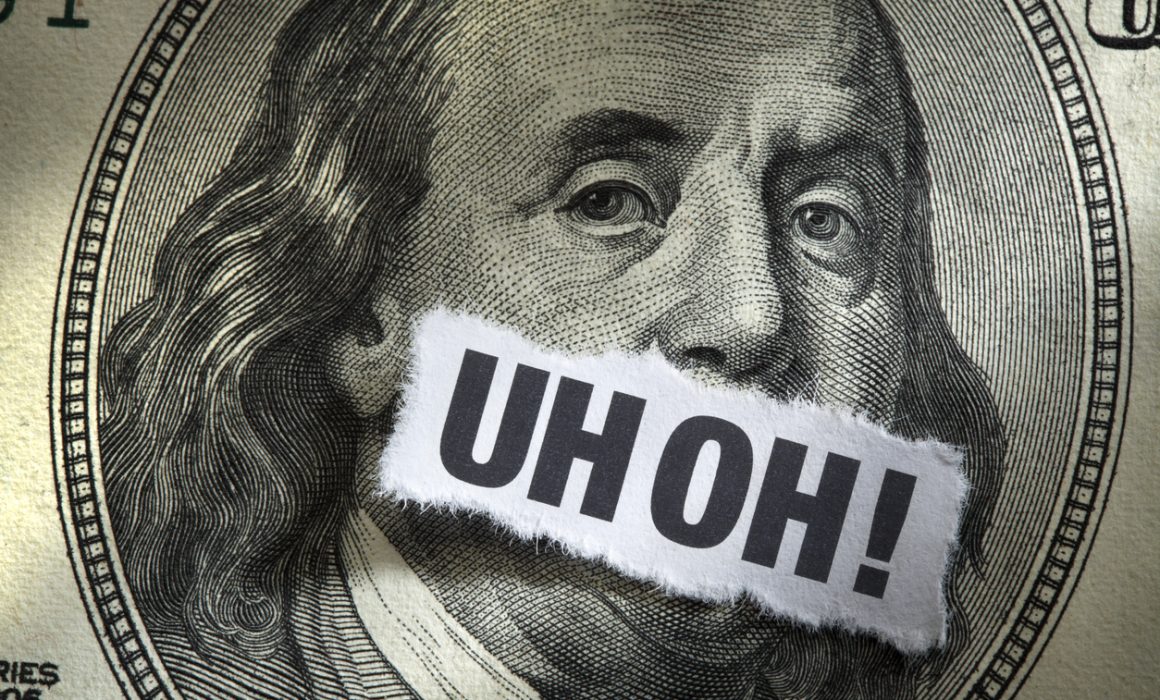Maximum Family HSA Contribution Reduced for 2018
One of the unintended consequences of the tax bill that was signed into law by President Trump in December was a change to the HSA contribution limits for 2018, and action needs to be taken for some participants immediately.
As a result of the new tax law, the IRS announced in March that the maximum family contribution to a health savings account for 2018 is being reduced by $50 (from $6,900 to $6,850).
The tax bill, however, did not make changes to the contribution limit for self-only coverage ($3,450), and there is no change to the catch-up contribution for people over the age of 55 ($1,000 per year).
The change only affects your employees who have HSAs, are covering dependents and have chosen the maximum contribution to their HSA. For those employees who are affected, they should follow these instructions:
- If the employee is making equal contributions out of their paycheck to total $6,900 for the year, they will need to reduce this contribution amount by a total of $50 for the remainder of the year.
They can do this by lowering the contribution a couple dollars per paycheck, or by reducing a single contribution by $50. It might be convenient to reduce the last one by that amount. - If the employee has front-loaded their HSA and has already contributed the full $6,900 for their family, they will need to request an excess contribution form from the HSA provider to back $50 out of the account. If they don’t do this, they’ll be subject to a tax penalty on the excess amount.

